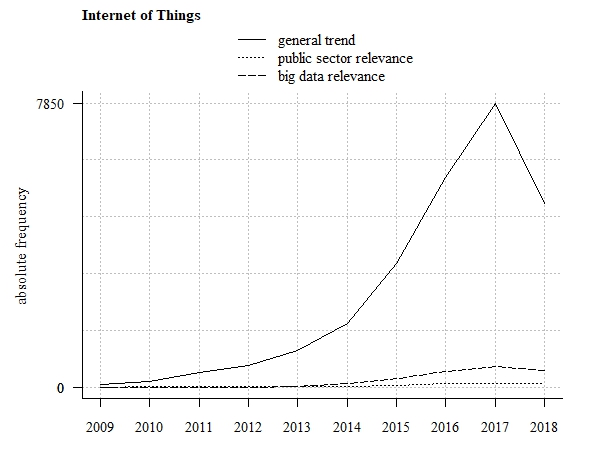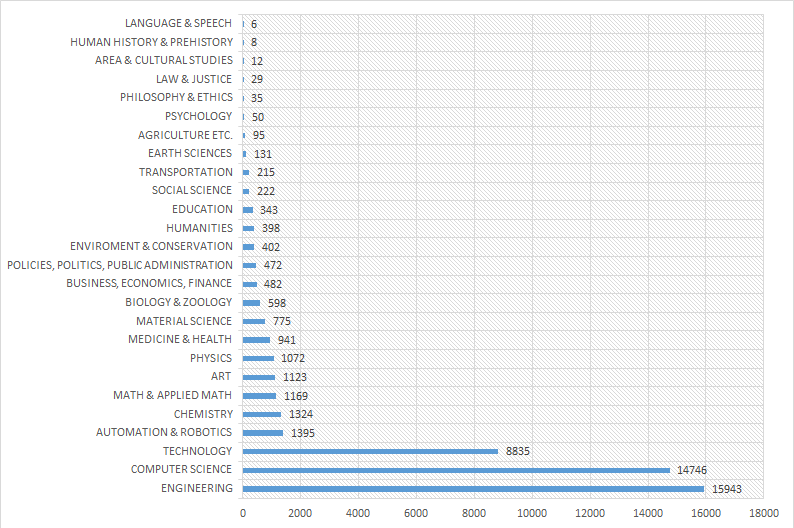Open data - Download the Knowledge base
You are free to download the data of this Knowledge base.
To do this you must be an authenticated user: log in or sign in now.
All the data are licensed as Creative Common CC-BY 4.0.
There are various definitions of the Internet of Things (IoT). The Internet Engineering Task Force says Internet of Things’ basic idea is to connect electronical and non-electronical objects to provide seamless communication and contextual services by them through e.g. RFID tags, sensors, actuators or mobile phone. The latter is related to the term “things”. The term “Internet” considers the TCP/IP suite and non-TCP/IP suite at the same time. [1]
Driven by the internet of things, a new computing model – edge computing – is currently evolving, which involves extending data processing to the edge of a network in addition to computing in a cloud or a central data centre. [2]
On a local level, physical objects are cross-linked through an edge computing layer, which ensures user data privacy. On a global level, edge computing services and applications are networked on a cloud computing layer. Edge computing and cloud computing constitute the logical levels on which digital services and applications in context of the Internet of Things could be implemented. [3]
Furthermore, IoT is closely linked with the term “Industry 4.0”, which was first used in Germany in 2016 to describe the next level of industrial production and uses smart objects and cyber physical systems within the Internet of Things. 4.0 can thus be seen as the next wave of industrial revolution.


| Agenda Setting | Policy Design and Analysis | Policy Implementation | Policy Monitoring and Evaluation | |
|---|---|---|---|---|
| Agriculture, Fisheries, Forestry & Foods | ||||
| Economy & Finance | ||||
| Education, Youth, Culture & Sport | ||||
| Employment & Social Security | ||||
| Environment & Energy | ||||
| Health | ||||
| Foreign Affairs and Defence | ||||
| Justice, Legal System & Public Safety | ||||
| Public Affairs | ||||
| Innovation, Science & Technology | ||||
| Urban Planning & Transport | ||||
| Institutional Questions / Internal Affairs |
IoT as a trend from the industry also has implications for the public sector, with great benefits in the area of Smart City and Transportation. Accordingly, IoT should not be kept solely in mind as a trend for the manufacturing industry but also for the public sector.
You are free to download the data of this Knowledge base.
To do this you must be an authenticated user: log in or sign in now.
All the data are licensed as Creative Common CC-BY 4.0.
Internet of Things is an…
Internet of Things is an emerging trend, and a big part of current but also future research topics. It is nice to see it included as a trend that could affect how the public sector will operate.